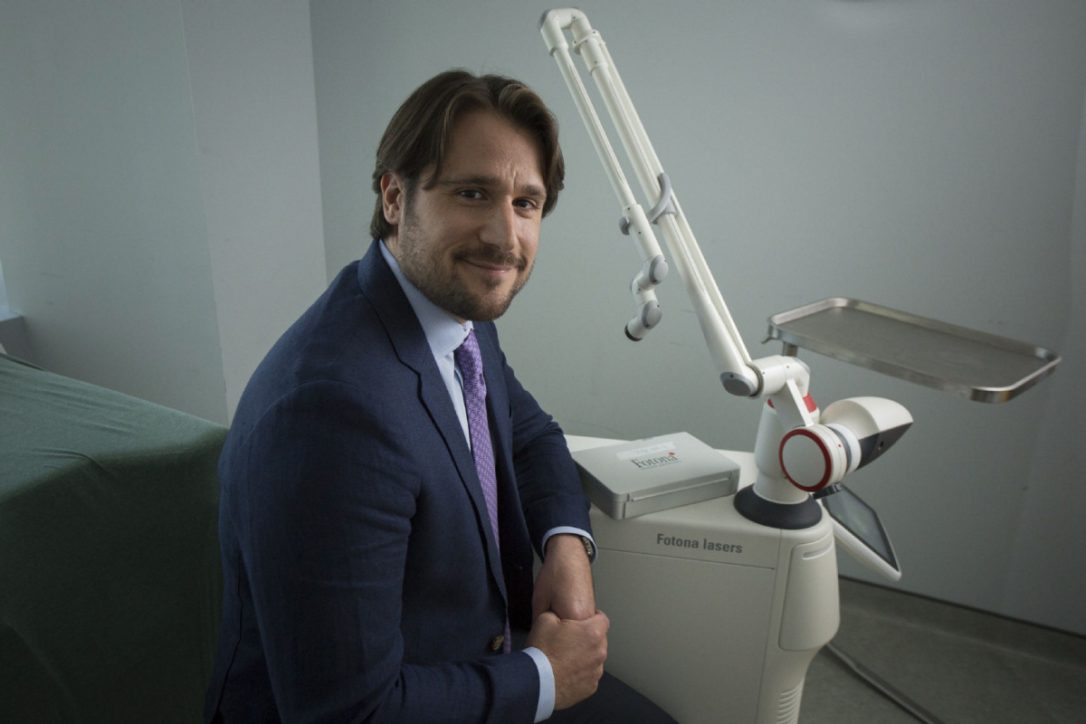 Dr. Dean Elterman, a urologist at University Health Network, performs “vaginal rejuvenation” for medical and cosmetic reasons.
Dr. Dean Elterman, a urologist at University Health Network, performs “vaginal rejuvenation” for medical and cosmetic reasons.
Female genital procedures on the rise, but they’re not always cosmetic
“Labiaplasty is not normally covered by OHIP, though exceptions are considered if the repair is required because of an injury, says Ministry of Health spokesperson David Jensen.
More broadly, women coming in for female genital procedures are sometimes seeking treatment for urinary incontinence or laxity of the vaginal canal after childbirth, which could be hindering their sex life or making the region uncomfortable, Brown says.
In Jones’ case, she opted for the IncontiLase procedure, and says the roughly $2,500 cost was money well spent since the experience was largely pain-free. “I think that alone makes it so much better than having a surgical procedure where you have stitches and you’re recovering for six weeks,” Jones says.
The procedure involves two to three 20-minute laser sessions, in which a physician uses a speculum-type device to guide a laser to heat the tissue lining the vagina — and the collagen layer below — to tighten the region. It might be slightly uncomfortable, but not painful enough to require numbing gel, says Dr. Dean Elterman, the Toronto urologic surgeon who performed the procedure on Jones. (Elterman has financial ties to IncontiLase product provider Clarion Medical Technologies.)
”The pelvic floor — meaning the urethra, the vagina, the bladder — are all supported by a series of layers of collagen, muscles, and connective tissue,” says Elterman. “With childbirth, with age, with decreasing estrogen levels around menopause, you get laxity in the tissues.”
That can lead to bladder leakage, because there is no longer the same amount of support in the vaginal tissue below. Elterman likens it to a leaking garden hose: If you stand on the hose while it’s on a soft, muddy surface, you’ll never be able to fully compress it to stop the leak. “Whereas, if you’re standing on the hose and it’s on cement or concrete, you can actually squish the tube and it won’t leak.”






